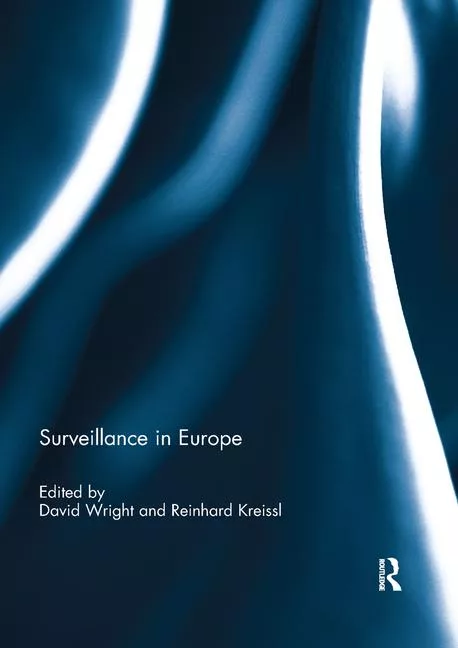Hate Crimes Increase in US

Victims of Hate Crime Incidents
- There were 7,106 single-bias incidents involving 8,493 victims. A percent distribution of victims by bias type shows that 59.6 percent of victims were targeted because of the offenders’ race/ethnicity/ancestry bias; 20.6 percent were targeted because of the offenders’ religious bias; 15.8 percent were victimized because of the offenders’ sexual-orientation bias; 1.9 percent were victimized because of the offenders’ disability bias; 1.6 percent were targeted because of the offenders’ gender identity bias; and 0.6 percent were victimized because of the offenders’ gender bias. (Due to rounding, percentage breakdowns may not add to 100.0 percent.)
- Sixty-nine (69) multiple-bias hate crime incidents involved 335 victims.
- Of the 5,084 hate crime offenses classified as crimes against persons in 2017, 44.9 percent were for intimidation, 34.3 percent were for simple assault, and 19.5 percent were for aggravated assault. Twenty-three rapes, 15 murders, and one offense of human trafficking—commercial sex acts were reported as hate crimes. The remaining 27 hate crime offenses were reported in the category of other.
- There were 3,115 hate crime offenses classified as crimes against property. The majority of these (74.6 percent) were acts of destruction/damage/vandalism. Robbery, burglary, larceny-theft, motor vehicle theft, arson, and other offenses accounted for the remaining 25.4 percent of crimes against property.
- Two hundred thirty-eight (238) additional offenses were classified as crimes against society. This crime category represents society’s prohibition against engaging in certain types of activity such as gambling, prostitution, and drug violations. These are typically victimless crimes in which property is not the object.
- In the UCR Program, the term known offender does not imply that the suspect’s identity is known; rather, the term indicates that some aspect of the suspect was identified, thus distinguishing the suspect from an unknown offender. Law enforcement agencies specify the number of offenders and, when possible, the race of the offender or offenders as a group. Beginning in 2013, law enforcement officers may also report whether suspects were juveniles or adults, as well as the suspect’s ethnicity when possible.
- Of the 6,370 known offenders, 50.7 percent were white, and 21.3 percent were black or African-American. Other races accounted for the remaining known offenders: 0.8 percent were American Indian or Alaska Native; 0.7 percent were Asian; less than one-tenth of 1 percent were Native Hawaiian or other Pacific Islander; and 7.5 percent were of a group of multiple races. The race was unknown for 19.1 percent.
- Of the 5,131 known offenders for whom ethnicity was reported, 25.0 percent were not Hispanic or Latino, 8.8 percent were Hispanic or Latino, and 1.6 percent were in a group of multiple ethnicities. Ethnicity was unknown for 64.5 percent of these offenders.
- Of the 4,895 known offenders for whom ages were known, 83.0 percent were 18 years of age or older.
Offenses by Crime Category
Known Offenders
Locations of Hate Crimes
Law enforcement agencies may specify the location of an offense within a hate crime incident as one of 46 location designations. In 2017, most hate crime incidents (27.5 percent) occurred in or near residences/homes. Seventeen (17.0) percent occurred on highways/roads/alleys/streets/sidewalks; 10.5 percent occurred at schools/colleges; 5.8 percent happened at parking/drop lots/garages; and 4.1 percent took place in churches/synagogues/temples/mosques. The location was reported as other/unknown for 11.5 percent of hate crime incidents. The remaining 23.7 percent of hate crime incidents took place at other or multiple locations.
Looking for a reprint of this article?
From high-res PDFs to custom plaques, order your copy today!





